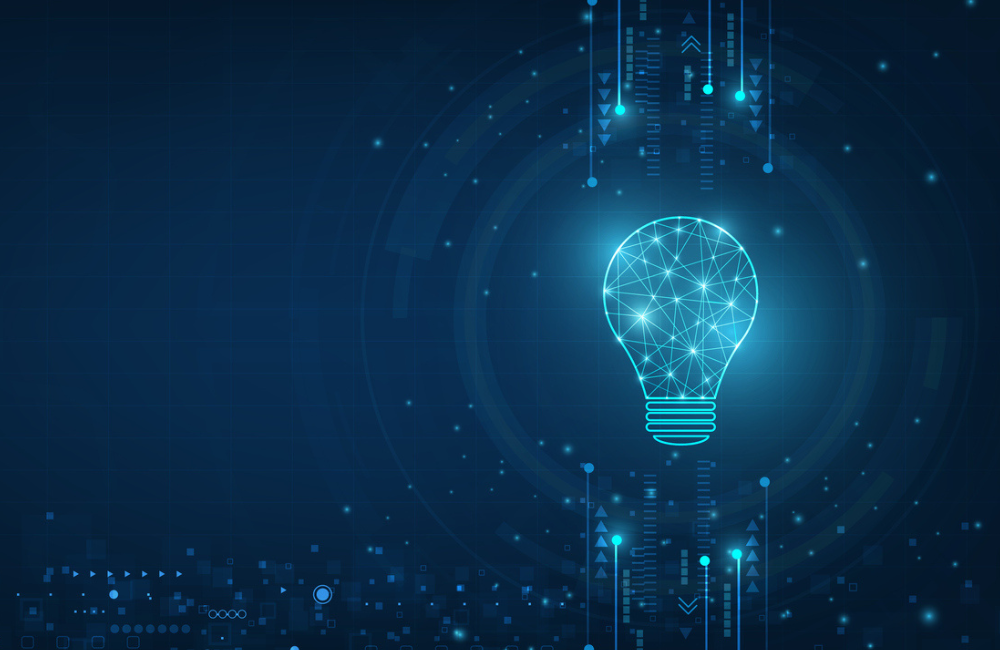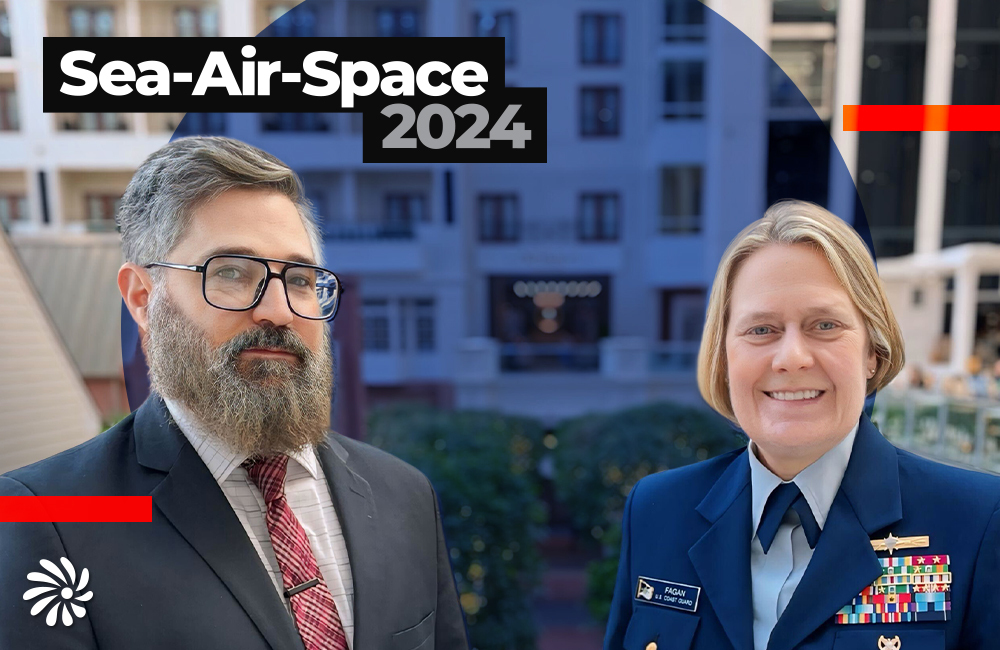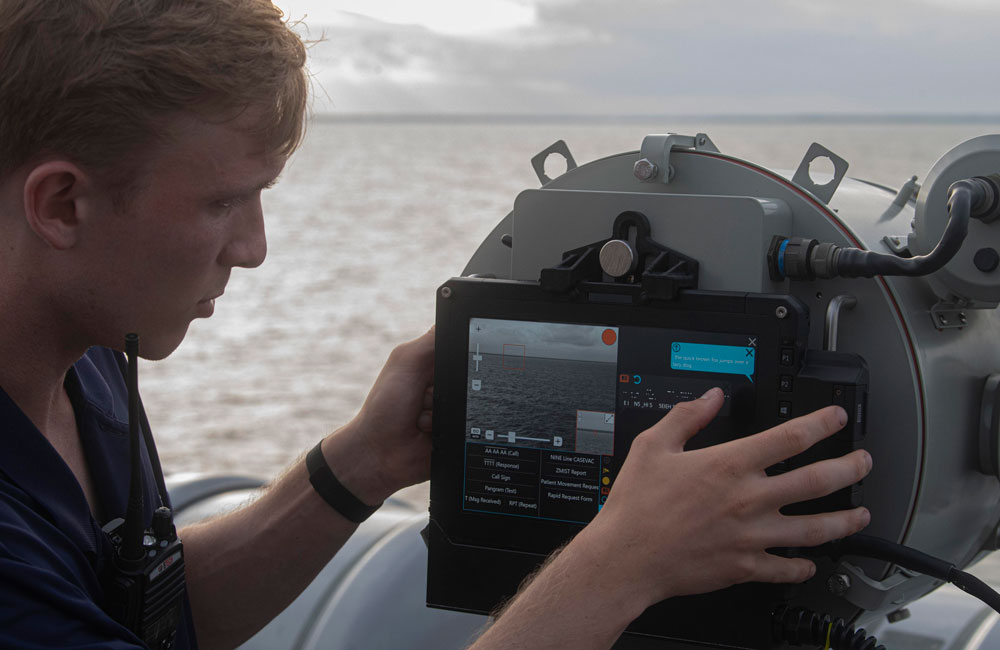AI Drives New Efficiencies at USPTO
The agency’s AI efforts are progressing to include new capabilities in image search using machine-learning and automation.

Recent developments in artificial intelligence tools and applications are helping patent examiners improve how they find prior art in support of the U.S. Patent and Trademark Office’s patent examination processes.
One of these is an AI-based prototype search system for finding relevant prior art and also an auto-classification tool that uses machine learning to help examiners classify patent documents in its Cooperative Patent Classification system in use around the world.
“Image search capability is at the forefront of some of our fraud efforts,” USPTO CIO Jamie Holcombe told GovernmentCIO Media & Research. “We have an obligation to ensure that we’re doing everything we can to look for those fake images and any type of manipulation of business marks, to make sure we’re only authorizing a correct trademark.”
This tool can help suggest symbols and identify claimed subject matter for additional refinement. It’s also very customizable to support individual patent examiners.
“We’re trying to free up people from the mundane, clerical and administrative tasks within their workflow to do things better, cheaper and faster,” Holcombe said.
The tool is helping examiners perform their work more quickly and efficiently while still maintaining accuracy.
“You cannot let a [machine-learning] tool run without a human in the loop to say whether the tool is accurate and precise or if it’s off base. This has really increased speed and quality for our examiners because they’re able to search more in less time,” Holcombe said.
Artificial intelligence is crucial to furthering invention and innovation, the agency said in an October 2020 report, which analyzed the intersection between AI and intellectual property law.
“The volume and diffusion of AI across technologies, inventor patentees, patent owners, and geography show that AI is increasingly important to U.S. invention,” the report said.
These recent developments are just a few among other efforts in the agency’s overall AI strategy that USPTO leaders say will support three main areas: citations, auto-classification and search capabilities.
The AI strategy aims to leverage the best practices and integrate small automation into various examination tools and processes via a business mindset.
“You always have to try to tie, in terms of [AI] implementation, to a business goal,” said Scott Beliveau, branch chief of advanced analytics at USPTO, during ATARC’s Advancing Artificial Intelligence in Federal IT Virtual Summit last week. “I’m not getting a budget to explore. I’m getting a budget to deliver business cases values.”
Holcombe echoed sentiments about the agency’s strong attention to AI’s return on investment.
“We tie all of our efforts to an actual business value,” Holcombe told GovernmentCIO Media & Research. “You also need to ensure that the results you’re providing are constructive to users. Without that usefulness, the tools will not be functional.”
Moving forward, USPTO will continue to invest in new opportunities. One of the agency’s priorities is spearheading data reform efforts to better build AI models.
“Data is our liquid capital. I look at it as something that sits there until we can invest it … to help power entrepreneurs to innovate and create new opportunities, where we leverage it internally to really drive those business decisions,” Beliveau said at the event. “I’m using data as a strategic asset.”
Holcombe said the agency’s approach to ongoing developments will be to start small and build on lessons learned to drive new solutions with a variety of emerging technologies.
“I work to take emerging technologies, make them real in a small way, and then build on that foundation. At the same time, you have to realize that failure is imminent, but you’ll learn from small failures. That was probably one of the missing components in the recipe of success,” Holcombe said.
This is a carousel with manually rotating slides. Use Next and Previous buttons to navigate or jump to a slide with the slide dots
-

Sea-Air-Space: Coast Guard Prioritizes Agility in the Face of Technological Change
Adm. Linda Fagan says the modern Coast Guard is to adjusting to the speed of technology.
10m watch -

AI Needs Strong Structures to Develop User Trust, Leaders Say
AI’s potential can only truly be met when guardrails and culture are in place, according to defense officials.
5m read -

Sea-Air-Space: Navy Sees Promise in Autonomy
The Navy is examining potential use cases for artificial intelligence within robots and other autonomous systems.
9m watch -

Navy Plans to Revolutionize How It Buys a New, AI-Enabled Unmanned Fleet
The AI-enabled cooperative combat aircraft program will focus more on sensors and systems than platforms, Navy leaders said.
4m read




